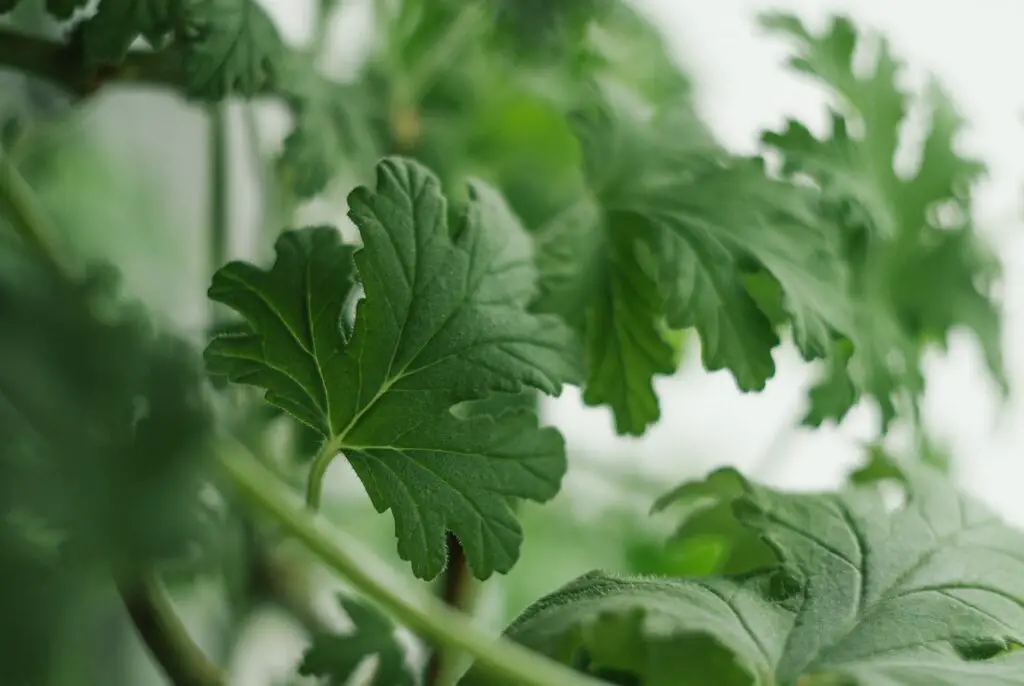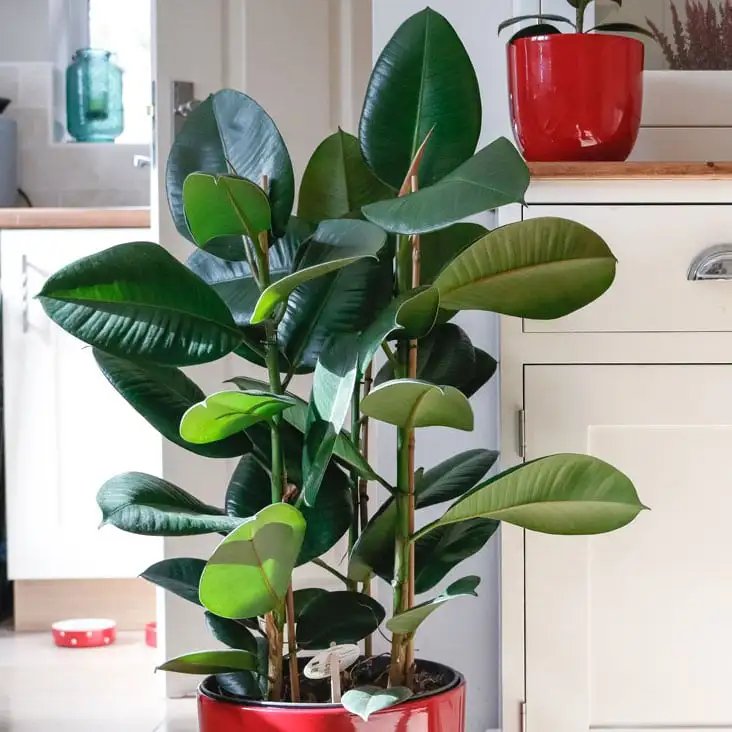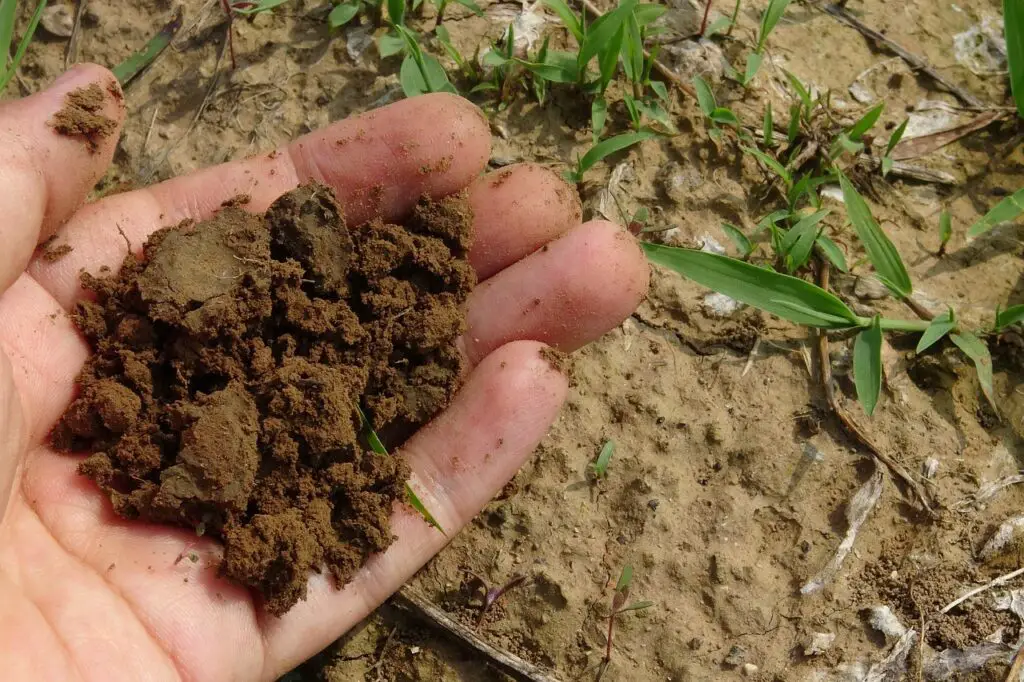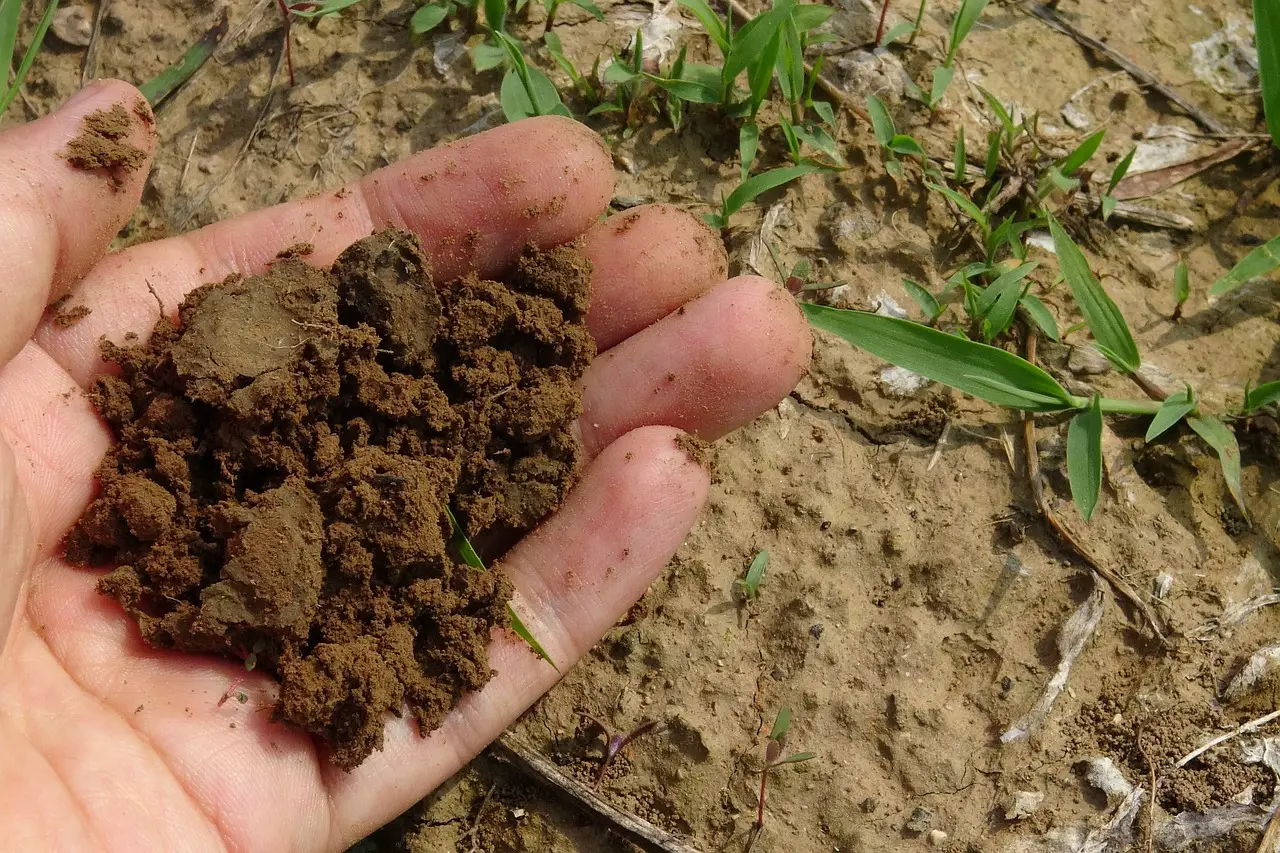If you’ve ever noticed yellow mold growing in your houseplant soil, you may be wondering what causes it and how to get rid of it. Yellow mold, also known as yellow fungus, is a type of mold that can grow in damp, humid conditions. While yellow mold is not necessarily harmful to plants, it can cause them to become stunted or unhealthy. In this blog post, we’ll discuss the reasons why yellow mold grows in houseplant soil, how to prevent it from growing, and how to get rid of it if it does appear.

Reasons Why Yellow Mold Grows in Houseplant Soil
Yellow mold, or Stachybotrys chartarum, thrives in warm, moist environments. It is often found growing on wet organic matter, such as wood or paper. In order to grow, yellow mold needs a food source and access to oxygen.
The Ideal Conditions for Yellow Mold Growth
-Warm temperatures between 77-86 degrees Fahrenheit
-High humidity levels between 70-90%
-A food source, such as dead leaves or rotting wood
-Access to oxygen
These conditions are often found in homes, which is why yellow mold is a common problem in households. If you have houseplants, it’s important to be aware of the conditions that yellow mold needs in order to grow.
The Risks of Yellow Mold Growth in Houseplants.
While yellow mold is not necessarily harmful to humans, it can be detrimental to your houseplants. Yellow mold can cause your plants to become stunted or discolored and can eventually kill them if left unchecked. In addition, yellow mold releases spores into the air which can cause respiratory problems in humans if inhaled. For these reasons, it’s important to take steps to prevent yellow mold growth in your houseplants and remove it promptly if it does occur.
How to Prevent Yellow Mold Growth in Houseplants
Yellow mold thrives in moist, humid conditions with little airflow. The best way to prevent yellow mold growth is to create an environment that is inhospitable to mold growth.
Here are some tips for preventing yellow mold growth:
-Keep your houseplants in a well-ventilated area with plenty of airflows.
-Avoid overwatering your plants. Allow the top inch of soil to dry out before watering again.
-Don’t let water collect in the saucer under your plant pot. Empty it out after each watering.
-Choose a potting mix that drains well and doesn’t stay soggy.
-If you live in a humid climate, consider using a dehumidifier in the room where your plants are kept.

How to Get Rid of Yellow Mold in Houseplant Soil
There are a few different methods that can be used to remove yellow mold from houseplant soil. One is to simply remove the affected soil and replace it with fresh, clean soil. This is often the easiest and most effective way to get rid of yellow mold.
Another method is to treat the affected soil with a fungicide or other anti-mold product. These products are available at most garden or home improvement stores. Be sure to follow the directions on the label carefully, as some products can be harmful to plants if used improperly.
If the yellow mold has spread throughout the plant, it may be necessary to destroy the plant in order to prevent the spread of mold spores. This should be considered a last resort, as it will obviously kill the plant. If you must destroy a plant due to yellow mold, be sure to dispose of it properly so that other plants are not affected.

Conclusion
If you have yellow mold growing in your houseplant soil, don’t despair. There are several things you can do to get rid of it and prevent it from coming back. First, make sure to keep the soil dry and well-aerated. Yellow mold thrives in moist conditions, so by keeping the soil dry you will make it less hospitable for the mold. Second, avoid over-watering your plants. Water only when the soil is dry to the touch and never allow the plant to sit in water. Third, if you do see yellow mold starting to form, remove it immediately. You can do this by carefully scooping out the affected soil and disposing of it in a plastic bag. Finally, remember that yellow mold is not harmful to humans or animals, so there is no need to panic if you see it growing in your plant’s soil.

